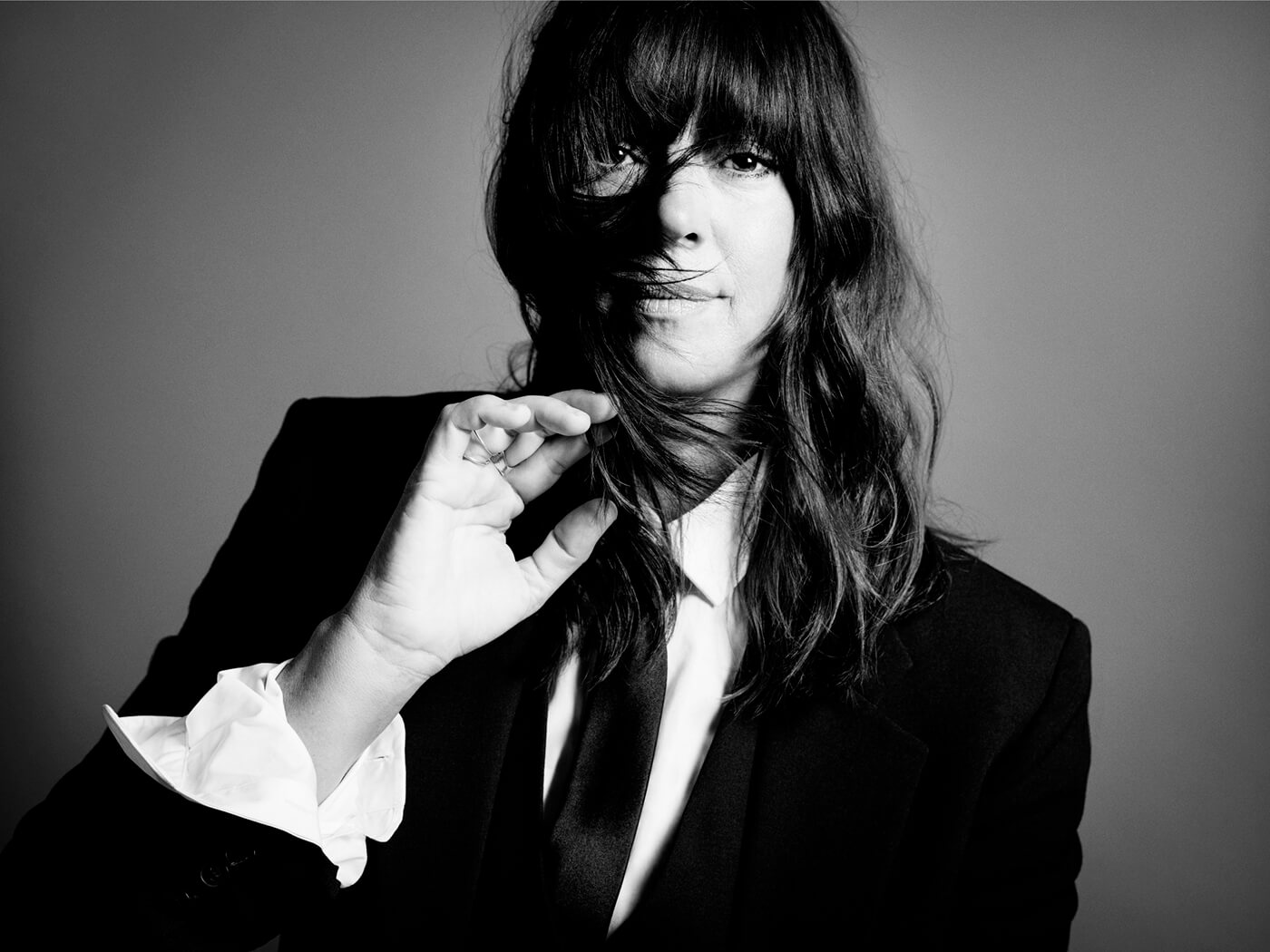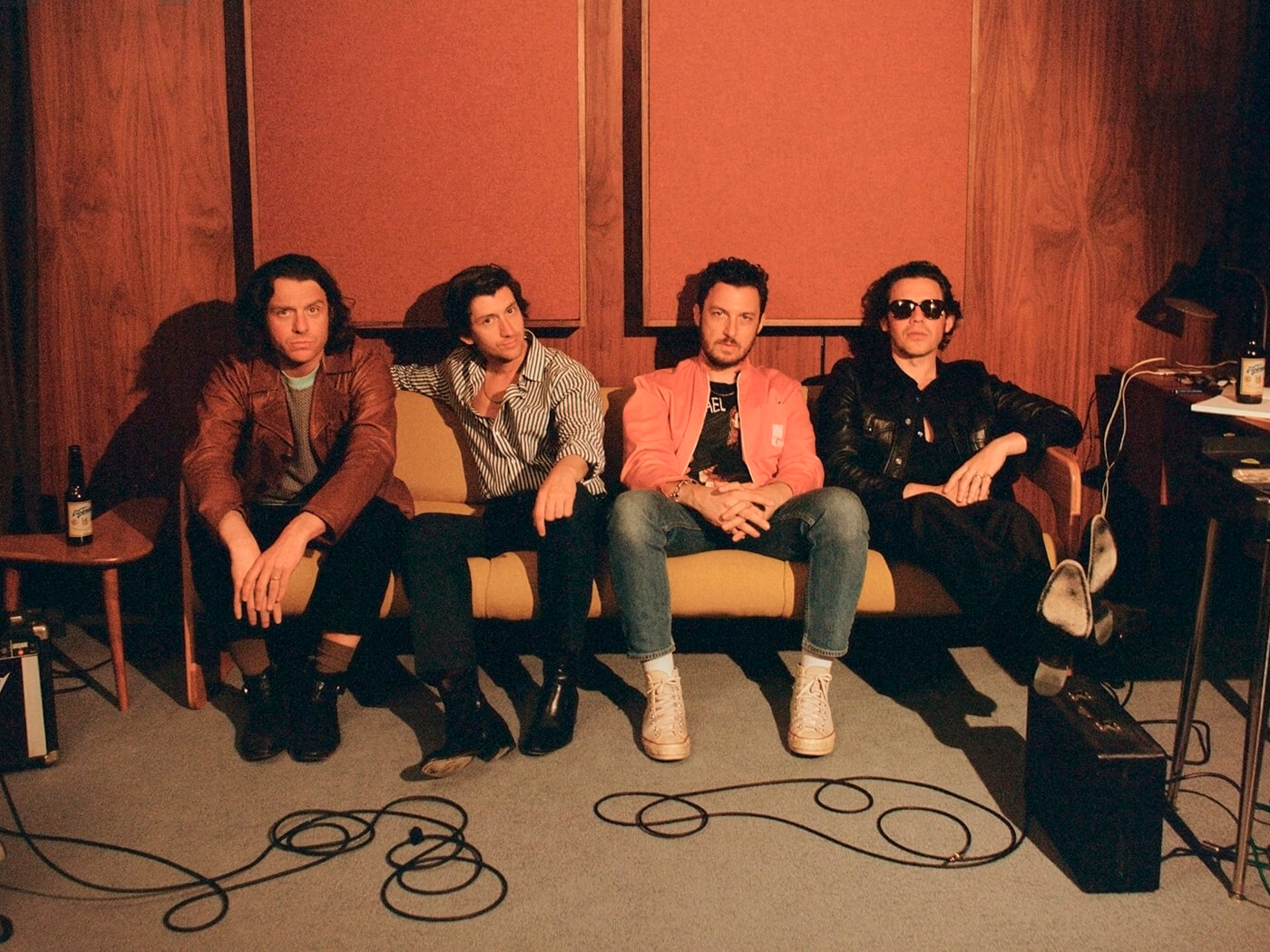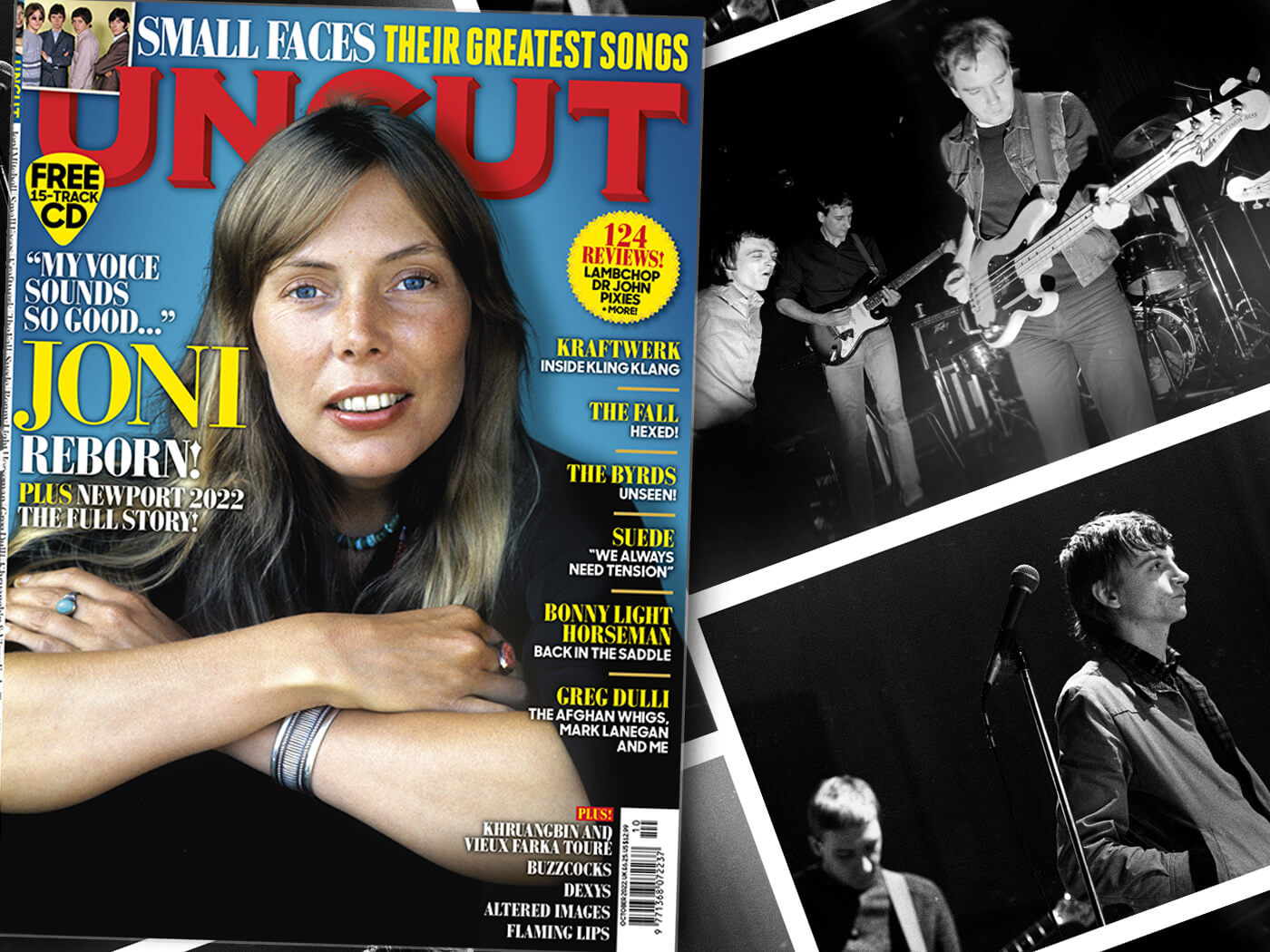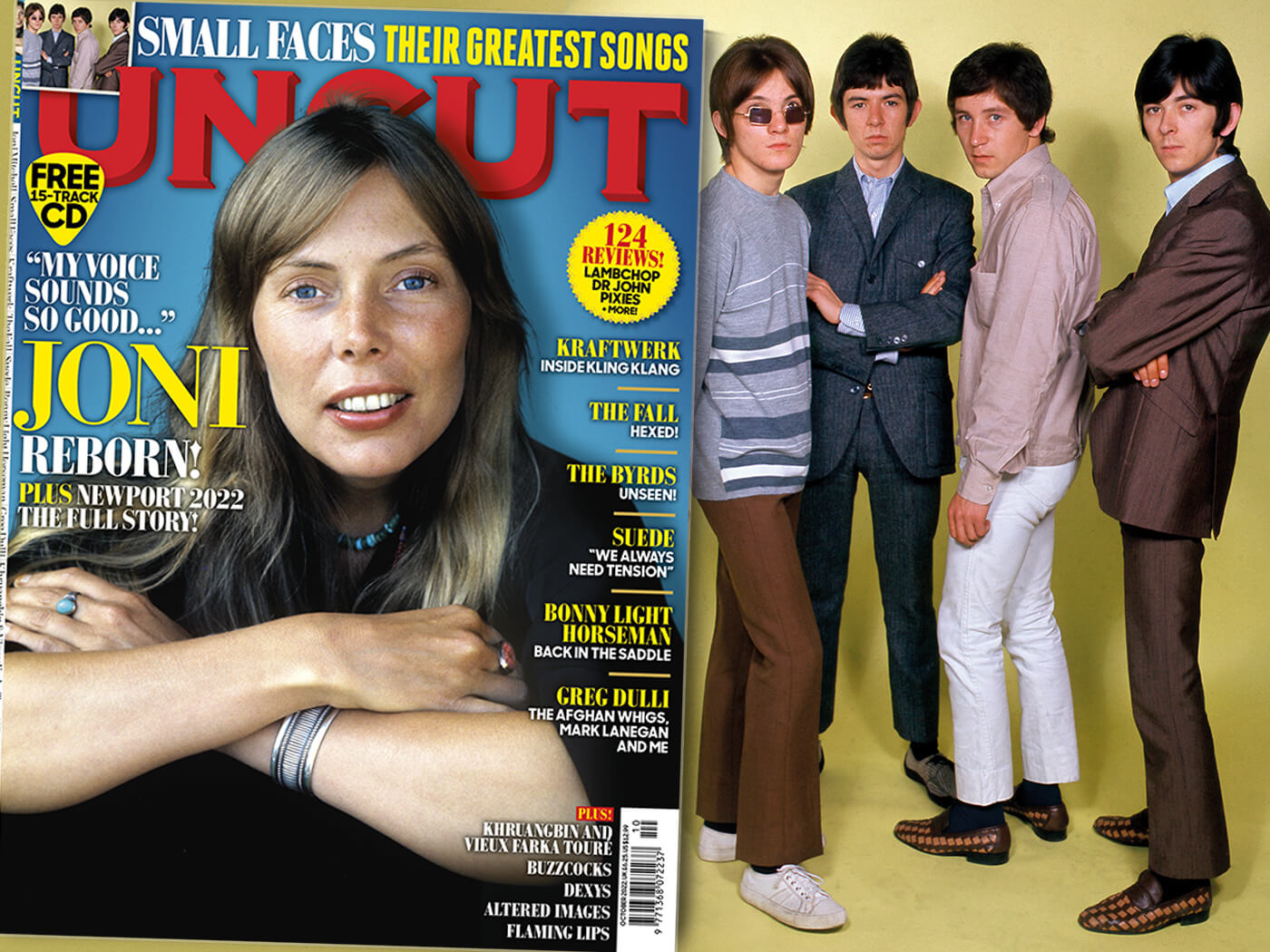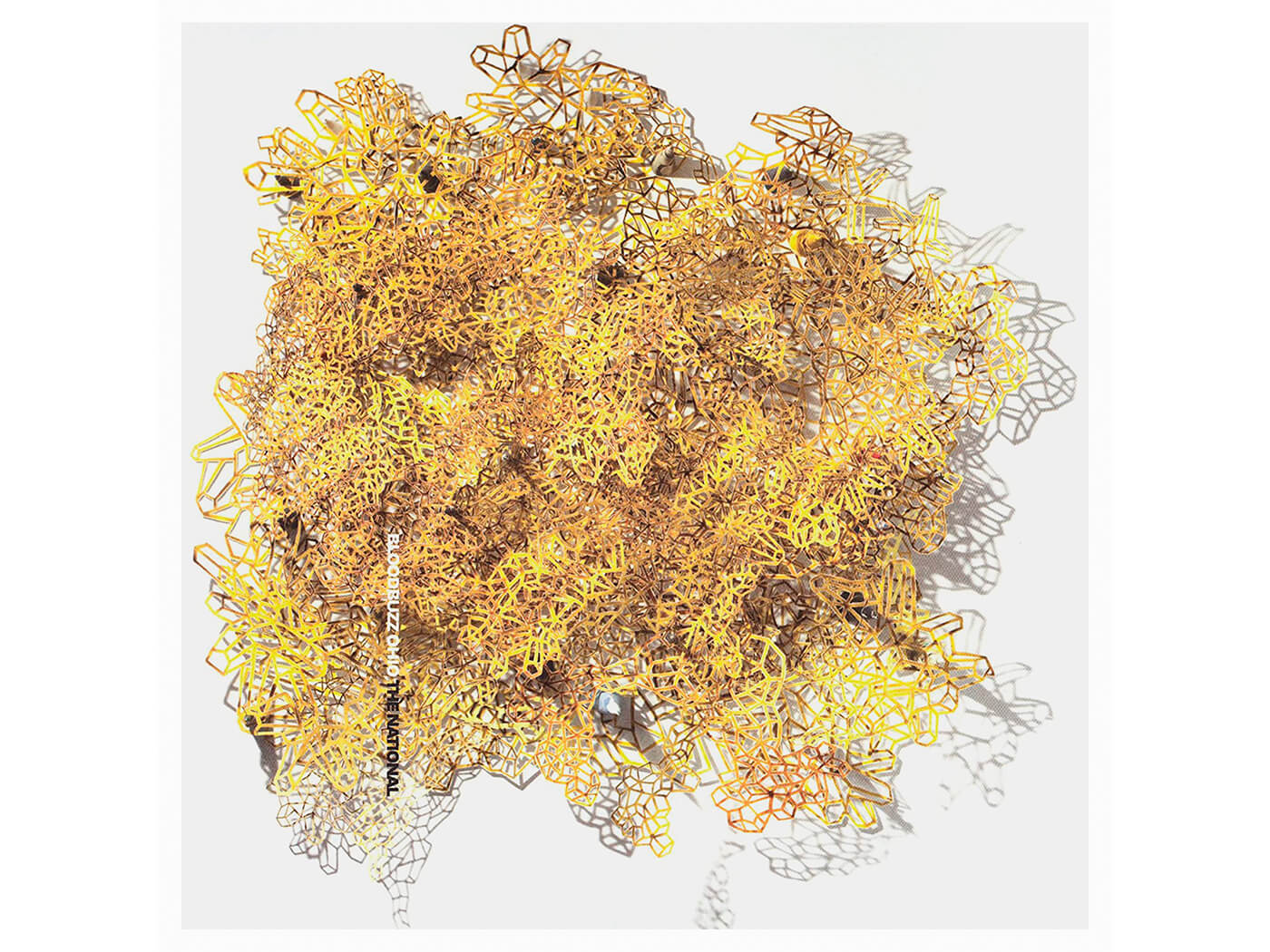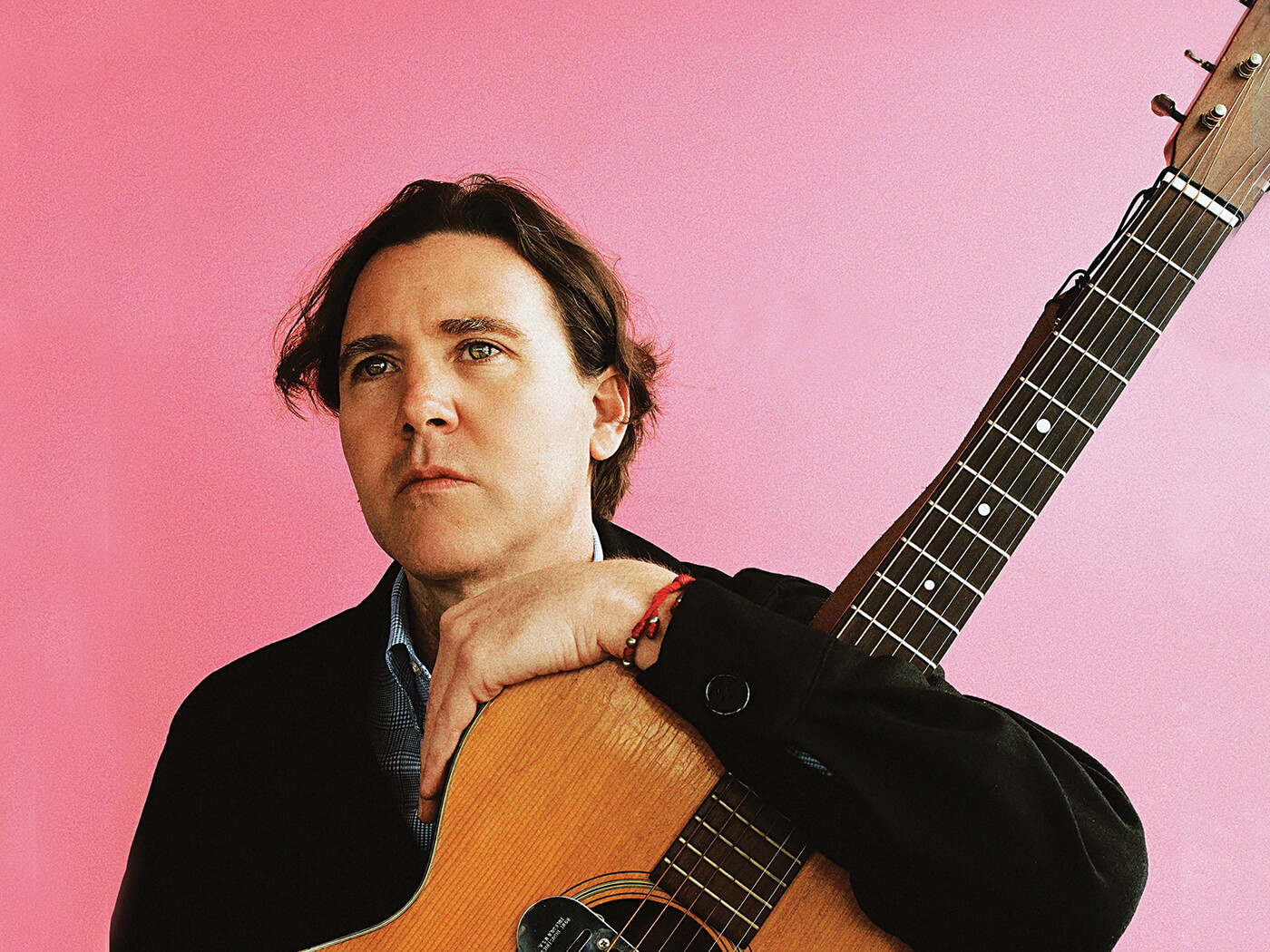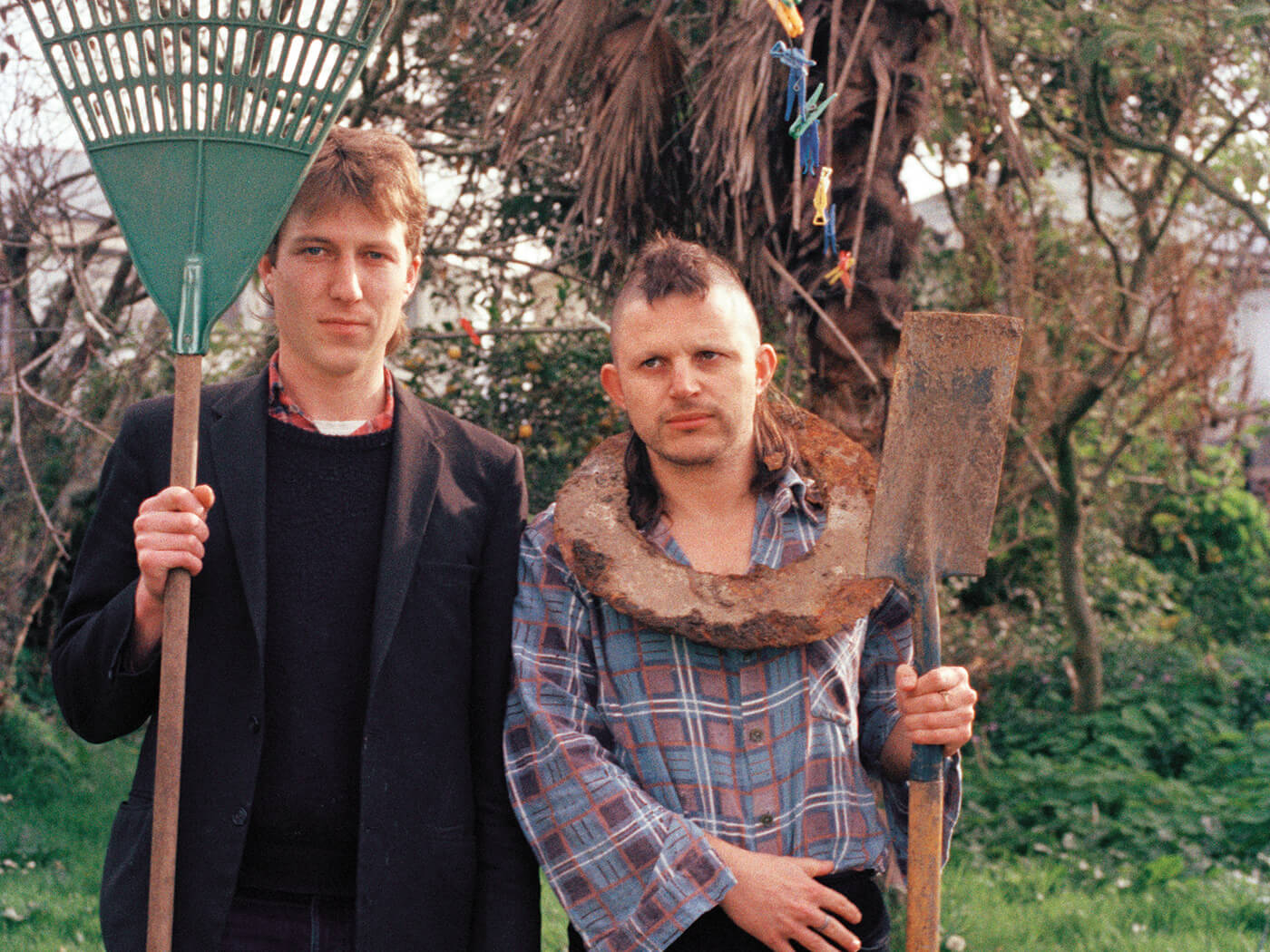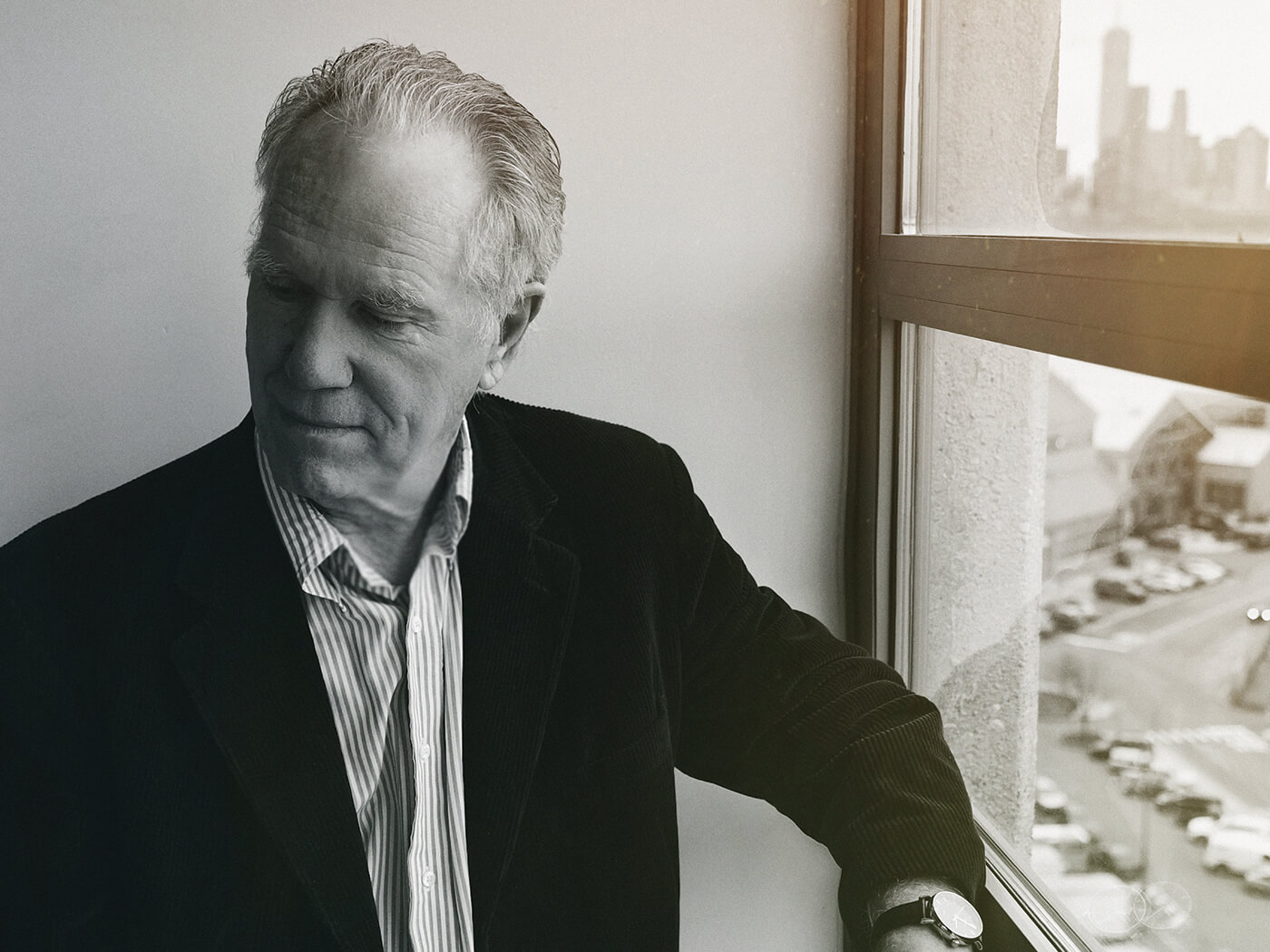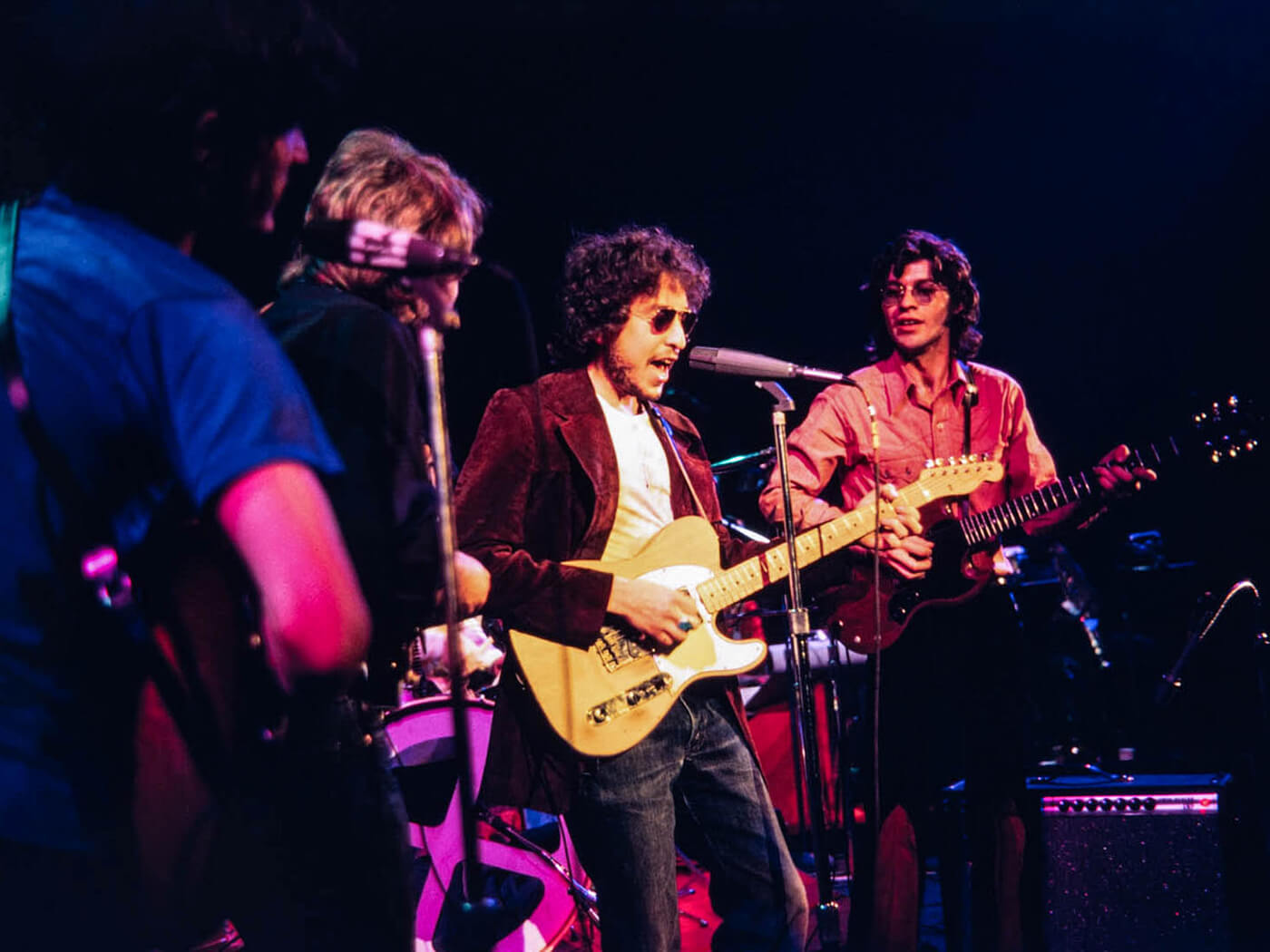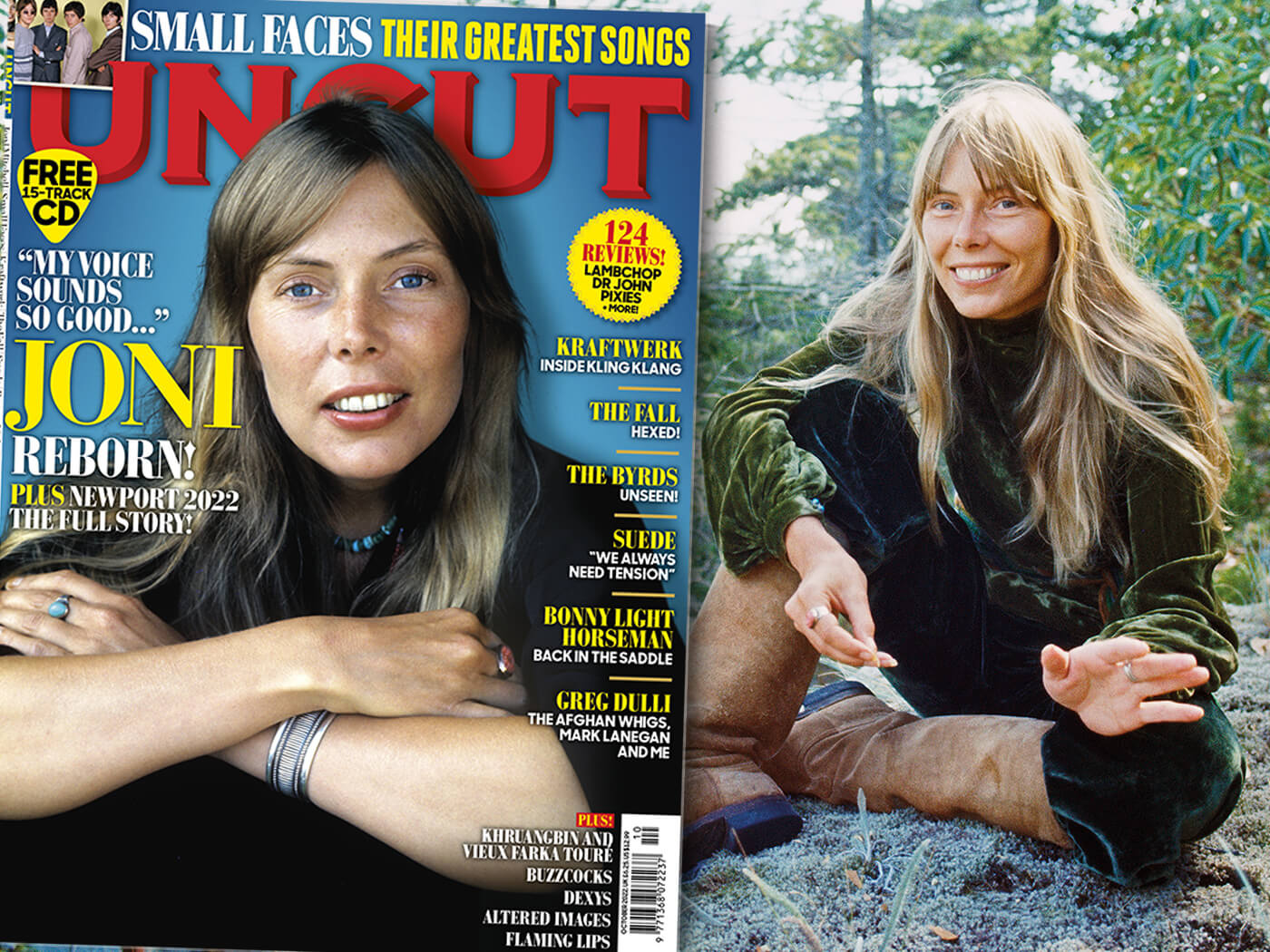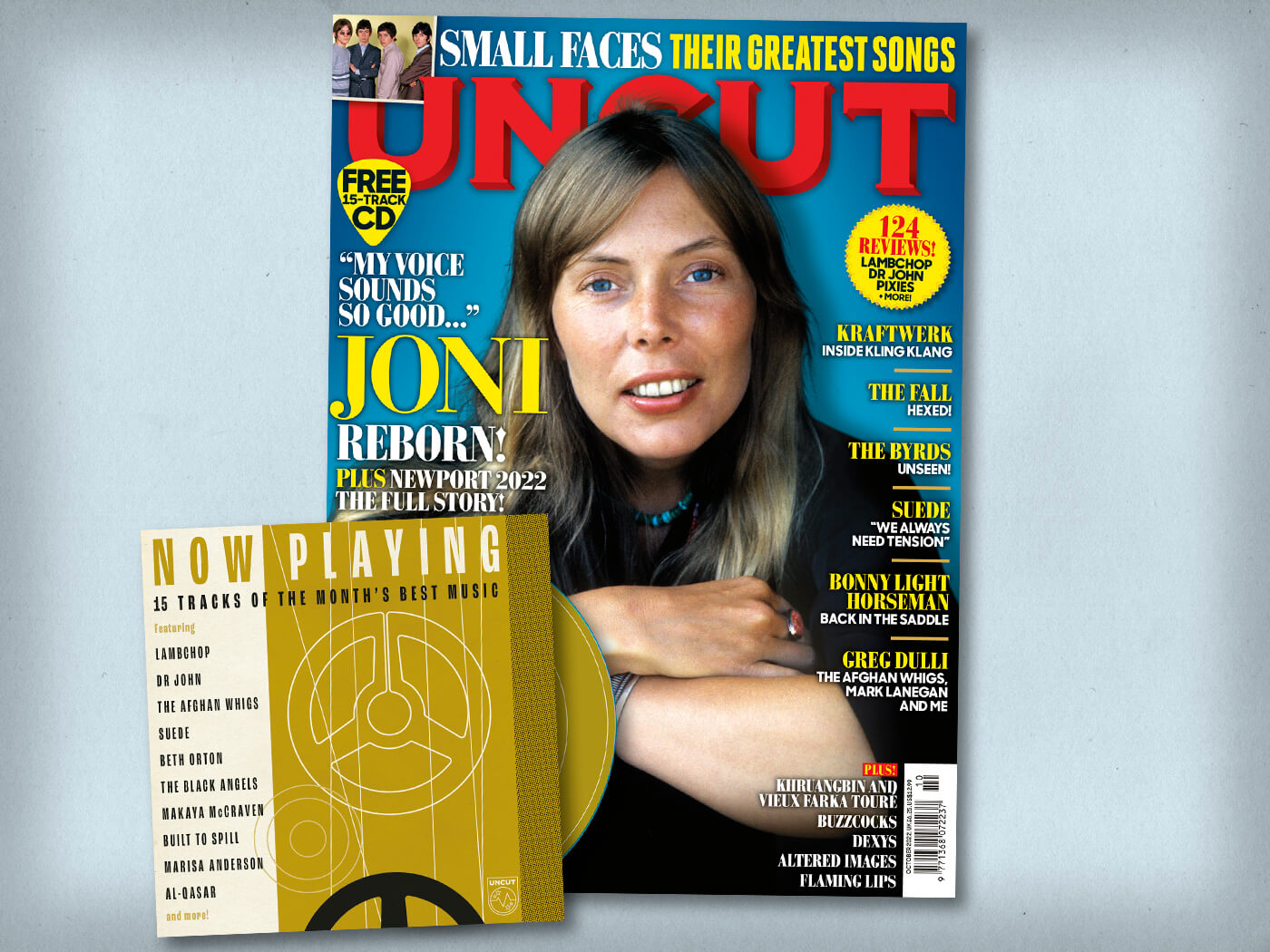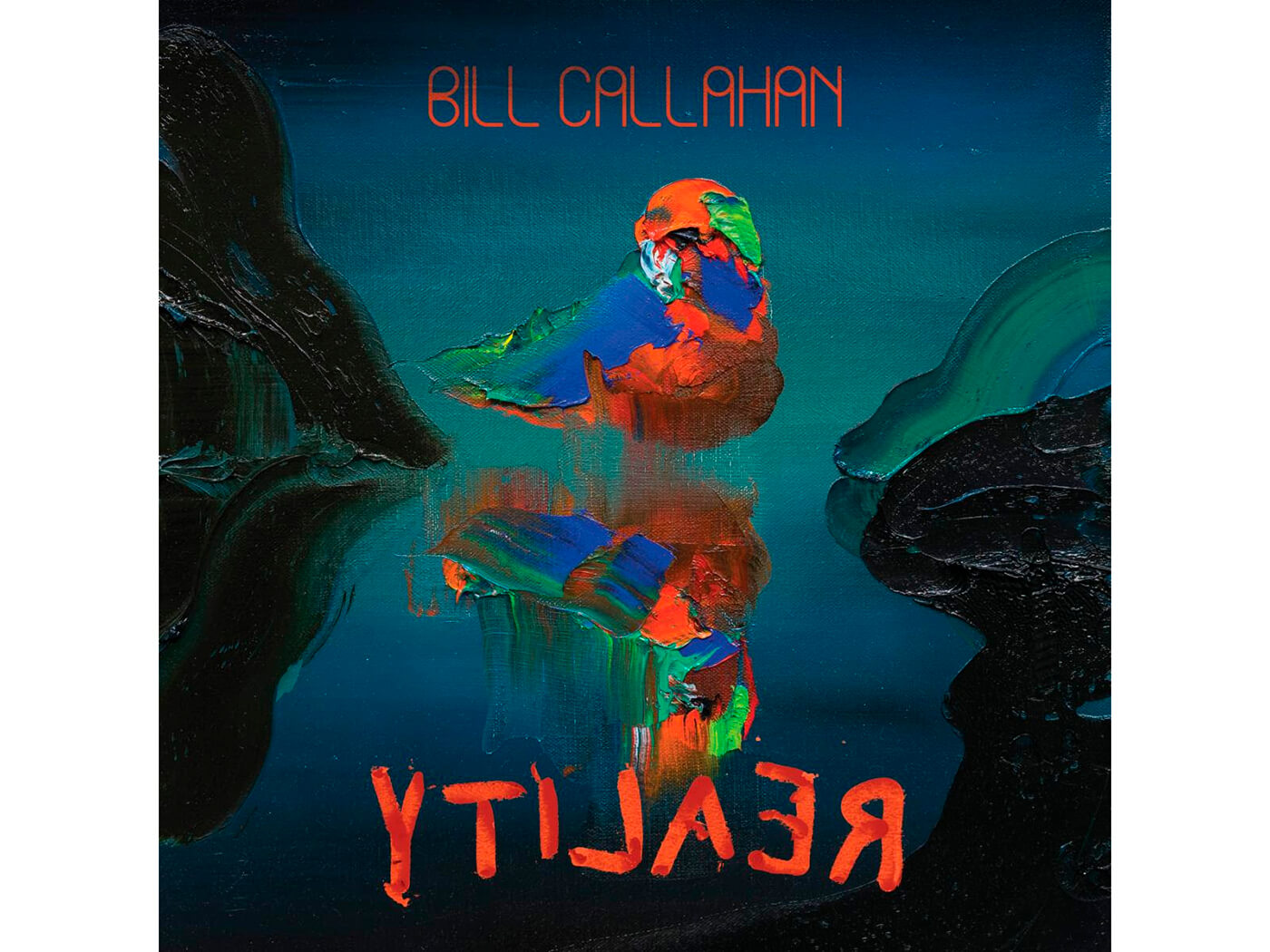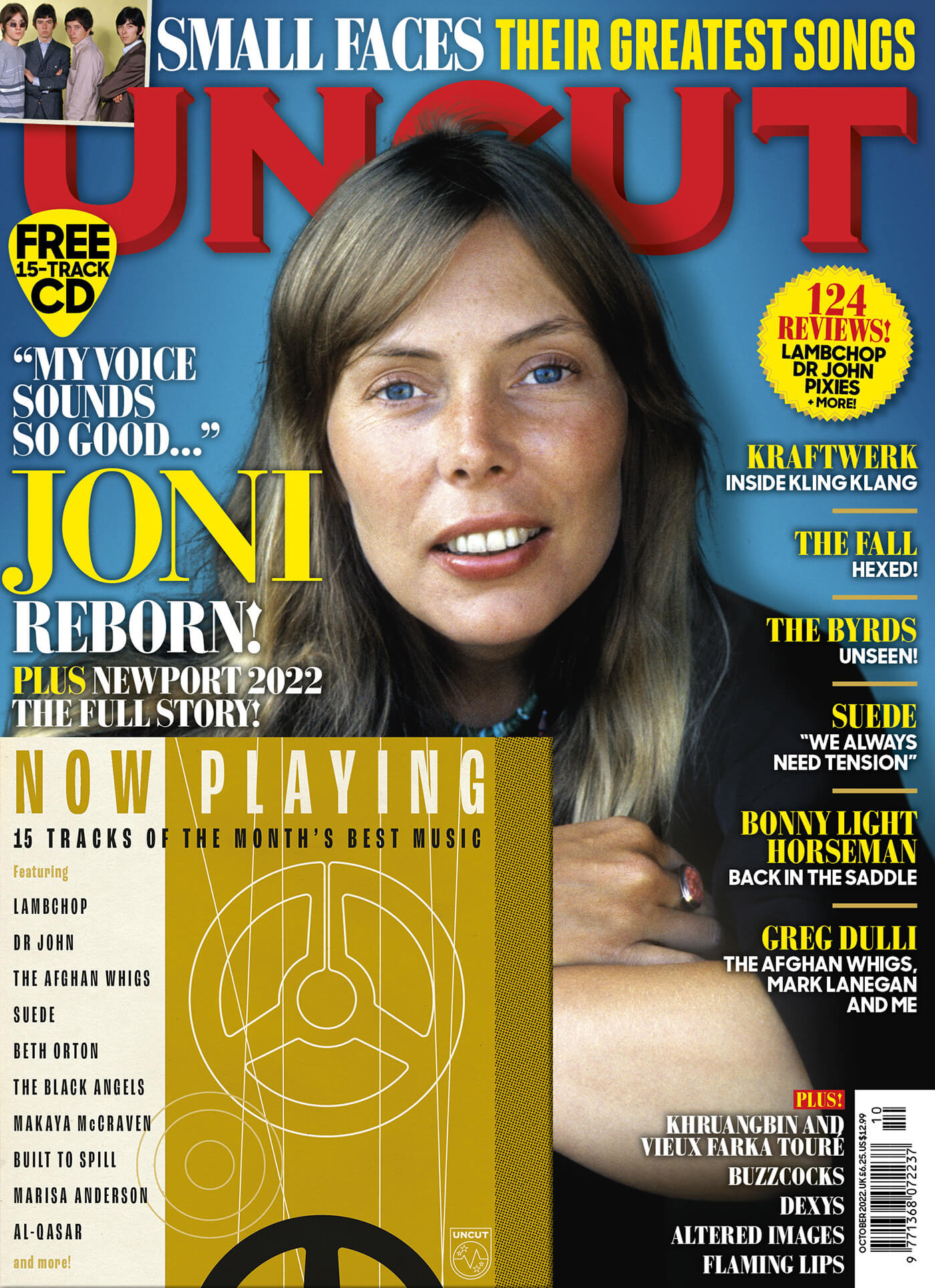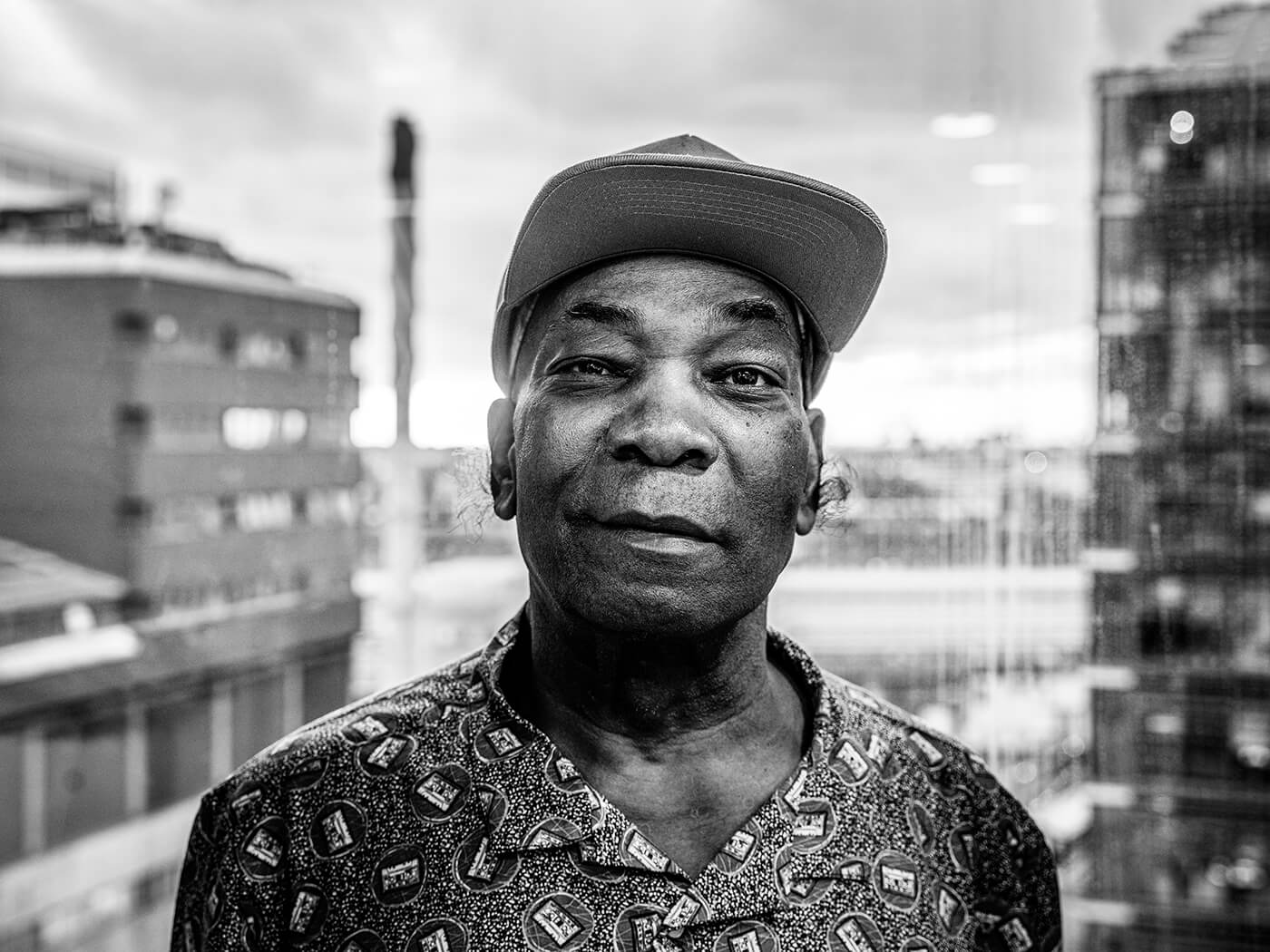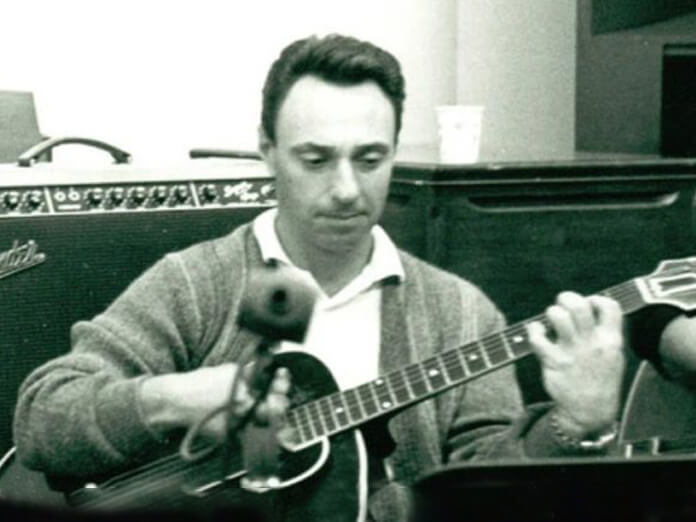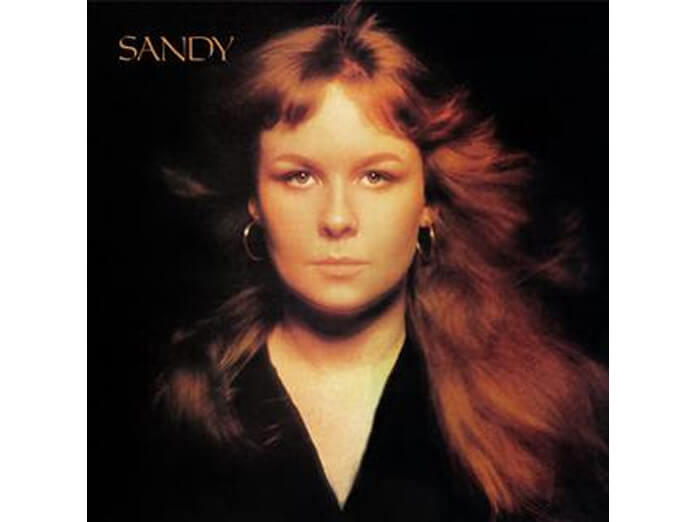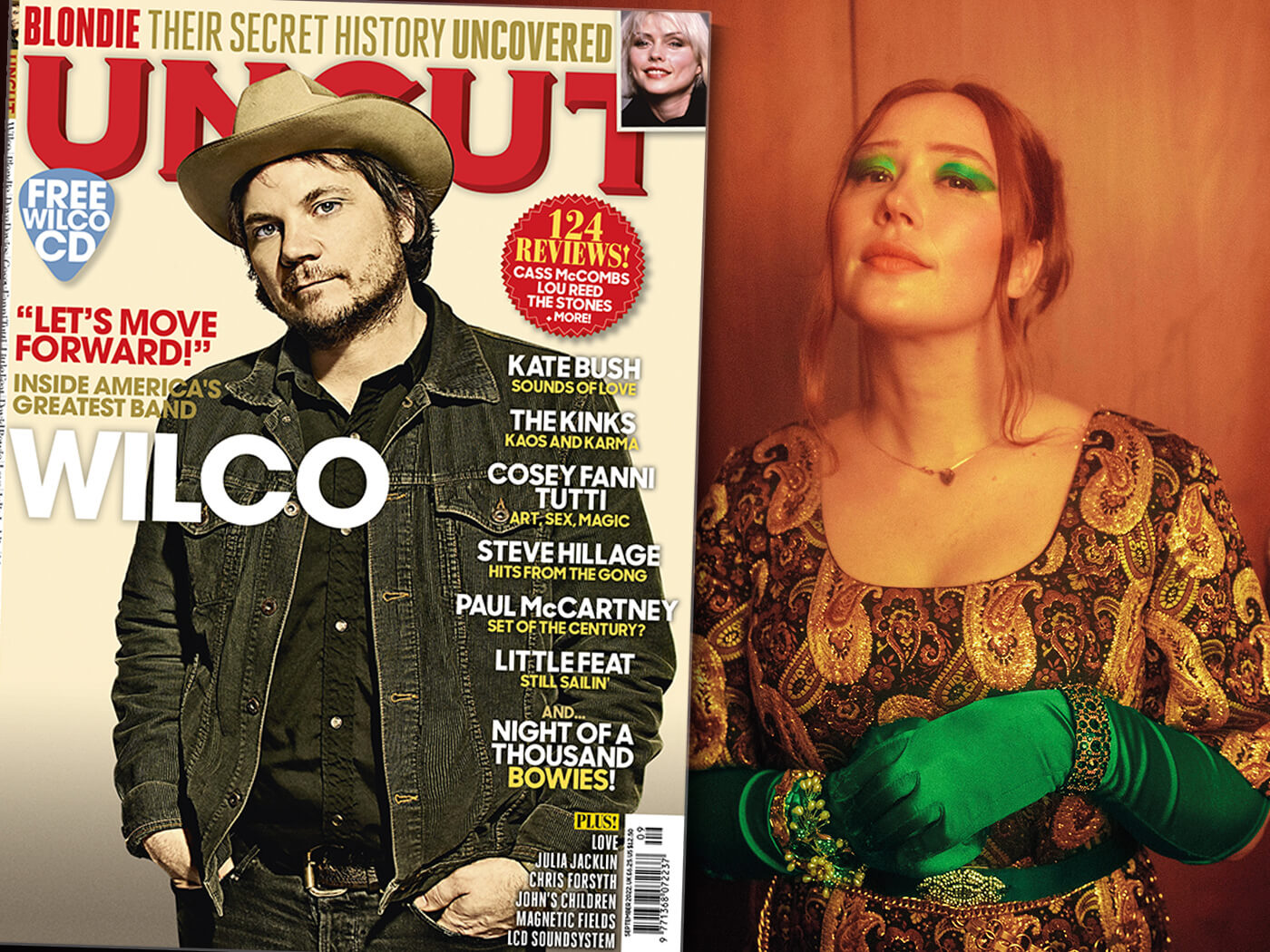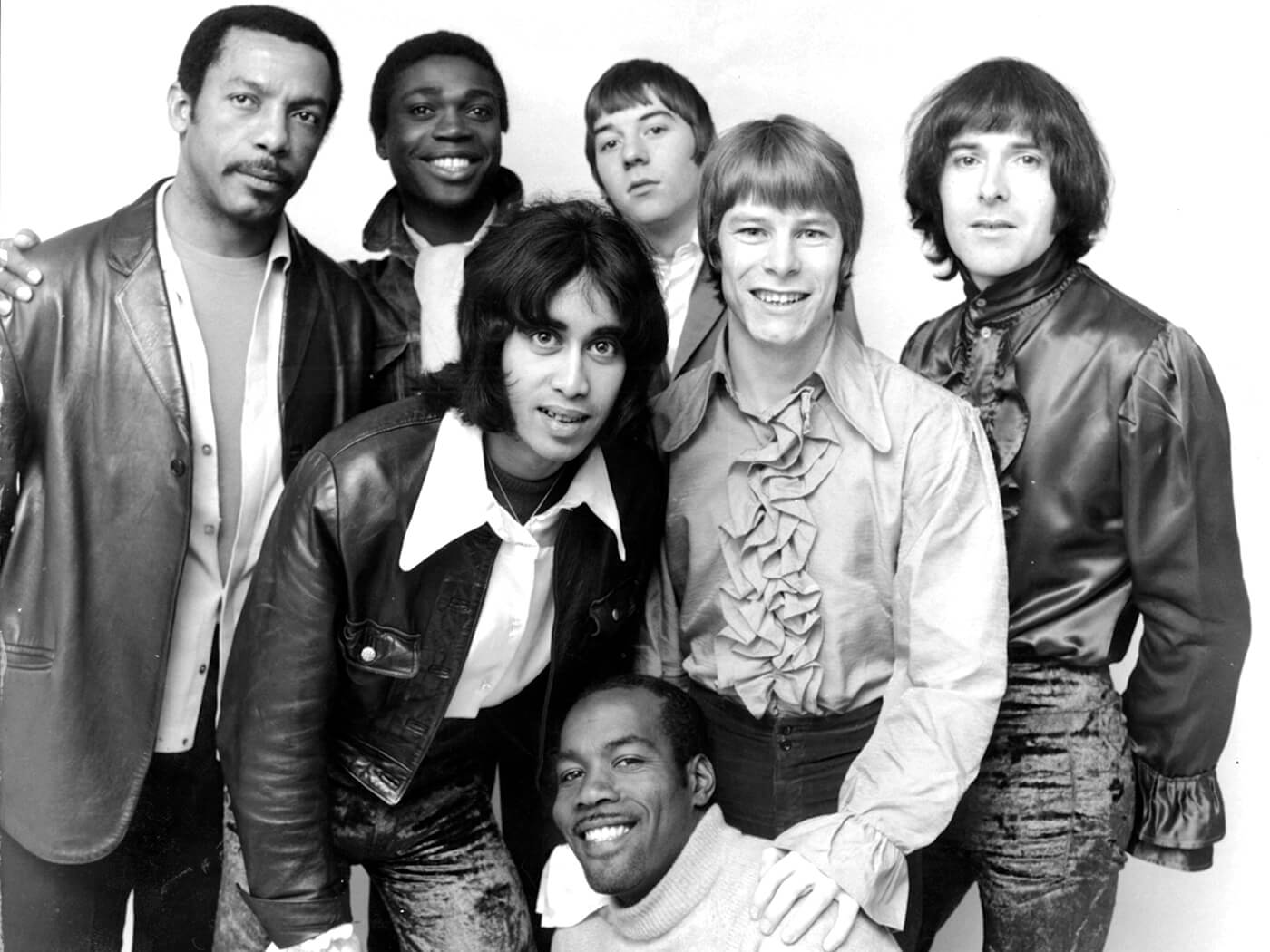Originally published in Uncut’s July 2022 issue
Pioneering producer, songwriter, dubmaster and now MBE, Dennis Bovell has been busy as ever as he heads towards his eighth decade. In the last year alone, there have been ongoing dub reimaginings for the likes of Animal Collective and The Smile, various archival and new Bandcamp releases, and Y In Dub, a new version of The Pop Group’s seminal Bovell-produced debut.
“I got to get back into those tracks and marvel at the sounds I’d put down on the tape,” he explains of the latter. “They’re mad about dubbing, Mark Stewart especially, so they were going crazy!”
His latest project is a career-spanning anthology, The Dubmaster, so Bovell’s agreed to take Uncut through nine of the pivotal albums he’s helped create, from Matumbi’s reggae classics through to production work for The Pop Group, The Slits and Fela Kuti, and right on to his latter-day dub work.
“I have no problem calling the shots,” he says of his firm approach to making music. “You need that iron fist. If I didn’t like something, I let it be known. And if I thought it could be better done some other way, I let that be known as well!”
TOM PINNOCK
________________
MATUMBI
SEVEN SEALS
HARVEST, 1978
The debut album by the London reggae group, featuring Bovell on guitar
DENNIS BOVELL: “Our first studio session was in October 1971, so last year marked 50 years since the first Matumbi recording. When I ran the band like a totalitarian regime, it seemed to work a bit better, but then everyone went, ‘Urgh, it’s a bit totalitarian, yeah?’ So I went, ‘Alright, we’re all equal, everyone’s got an equal say.’ I think that was the beginning of it falling apart. We did this at Gooseberry Studios in Soho, then the band had a mutiny – they didn’t want me to mix the record, saying that I was gonna make the band sound like all the other bands I’d been mixing and engineering. I thought, ‘What’s wrong with that, there’s success there?’ But they said, ‘No, we want a white guy to mix it.’ I go, ‘What, is that the only criteria, he has to be white?’ The chief engineer at Gooseberry, Dave Hunt, had just taken a new job at Berry Street on my recommendation. They suggested Dave to mix the album, and because I’d suggested him as engineer there, I couldn’t say no. But I think it was a very good mix, except for on one song he put an echo on my rhythm guitar that seemed to me to be out of time. I complained about it, but the band said ‘We liked it.’ The album did very well, though – it sold more in Japan than any other territory.”
________________
BLACKBEARD
STRICTLY DUB WIZE
TEMPUS, 1978
Bovell’s first solo album, a masterful psychedelic dub haze
“Some people in Matumbi took offence to my solo career – they were like, ‘You’re in competition with the band.’ There was one instance where my record was at number one in a chart, and the band’s record was at number seven or something. So I stopped singing and started making dub records – ‘See, I’m not in competition with the band anymore, I’m not singing, I’m just doing dubs.’ That’s why the album’s called Strictly Dub Wize, it was a statement to the band. I got out of that one! This was all done at Gooseberry. We had a Revox tape machine that was doctored, so it could facilitate vari-speed. That was the main delay line, because then we could vary it to the tempo of the tune. It worked fantastically, because then we could have any speed for the delays. We had two Roland delays and an AKG BX20 reverb, which was quite famed, and also an EMT reverb plate: lots of outboard gear, because that’s what we did there, a lot of dub work, so we had to have machines. I couldn’t really afford session fees for other musicians to come on board and play what I told them to play – and 10 to one, I’m gonna have to correct them afterwards. So I thought, ‘If I’m able to do it, I might as well.’ I needed a drummer though, mainly because the control room was some distance from the drum booth, so it was quite a laborious process to play it and then come back to the control room to EQ it.”
________________
***UNCUT CLASSIC***
THE POP GROUP
Y
RADAR, 1979
The Bristol group’s chaotic, experimental debut, produced by Bovell at Surrey’s Ridge Farm Studios
“They were the first punk or post-punk band I worked with, but it really appealed to me – it was a chance to get in touch with my rock side again. I met the lads and found they were all very crazy, but in need of a referee. They wanted my undivided attention, so they decided to lock me in the studio so I couldn’t go home! And I stayed in that studio for about nine months to a year, because once I’d finished The Pop Group’s Y, I then did The Slits’ Cut, then Matumbi’s Point Of View, then Marie Pierre’s Love Affair. Why did I record them back to back? Because I was afraid someone else would get in the studio and I’d be locked out! Bryan Ferry was hovering around, you know. The equipment belonged to John Anderson of Yes, and they were on tour. We’d broken out their new gear, and we were breaking it in for them! Mate, some serious music was made on that farm. There was a lot of overdubbing with The Pop Group – I remember one day we recorded about two reels of just pure feedback from Gareth [Sager], and then we sat there noting which bits were the most exciting bits, editing them off and then spinning them back into the multitrack and timing it so each bit of feedback would be at a particular point. Which is now known as sampling, but we were sampling using tape.”
________________
THE SLITS
CUT
ISLAND, 1979
The legendary debut from the London group, with Bovell helping them combine reggae and dub with punk
“Chris Blackwell at Island said to me, ‘Look, these girls are going to be the first female punk band. I want them polished, but I want them sounding rough all at the same time.’ Then he handed me a cassette of the demos, and I listened to them and had plans for every song before we went into the studio. I remember in ‘Shoplifting’ there was a line I objected to: I said to them, ‘I’m not gonna sit here while you lot sing, “Mr Paki won’t miss much and we’ll have dinner tonight…” I propose to change that word to “Babylonian”.’ They changed it, and I went, ‘OK, I’m gonna produce the album then.’ I mean, it was punk to use that kind of language, but for me that was over the line. Their playing was rough – I made them do it and do it and do it until they were pissed off with it and then they did it right. I would say, ‘Nah, it’s better if you do it this way. Trust me, you will love it in five years’ time!’ I was forbidden to play any instruments because they knew of my instrumentality – ‘We don’t want you to play it, we just want you to show us how you would play it and then we’ll adapt what you did to our way of playing.’ And it worked! So I’m not actually playing, I’m just steering it from behind. It’s like when you learn to drive, the instructor doesn’t take the wheel.”
________________
DENNIS BOVELL
BRAIN DAMAGE
FONTANA, 1981
The first album under his own name, an adventurous double-LP which stretches reggae to eclectic extremes
“I was building my own place, Studio 80, because I needed more time to do my own projects. I was thinking of making a solo album titled Brain Damage, when I got a telephone call from someone in Japan who says ‘I hear you’re building a studio. My name is Ryuichi Sakamoto. I want to come over to London to your studio and record a few things and get you to do some dub mixing.’ Don Letts had gone to Japan with Big Audio Dynamite and met Sakamoto, and he’d said, ‘Do you know Dennis Bovell?’ And Don went, ‘Yeah, he’s my mate.’ Sakamoto says to me, ‘I want to use your studio before you do.’ I was like, ‘That’s a strange request, but I’ll take that, I’ll let you be my guinea pig.’ What a guinea pig, mate! And then he came over with this strange instrument called the Prophet 10. Until then, we’d only seen the Prophet 5. I was knocked out by it and the sounds that came out of it. After working with Sakamoto, I made Brain Damage. It mixed all sorts of styles – I wanted to do a rock’n’roll version of ‘After Tonight’. I thought Mac Poole was one of the greatest rock’n’roll drummers, so I invited him to come down to the studio, and I got Steve Gregory to play saxophone – he was the guy who played on ‘Careless Whisper’ for George Michael, and he was also a member of the backing band for Boney M, and played with Georgie Fame. His pedigree was tight, so I got him to do all the horns.”
________________
JANET KAY
CAPRICORN WOMAN
ARAWAK, 1982
After crafting pop-reggae hit “Silly Games” for the singer and actress, Bovell produced and wrote her debut album
“A producer, Delroy Witter, came to me and said, ‘I’ve got this singer, I want you to mix a couple of tunes she’s sung.’ I quite liked the way Janet handled it, then Delroy said, ‘Right, now I want you to do a recording with her in London.’ We went into the studio with my team and cut ‘I Do Love You’. After that, she said, ‘If there’s anything you think I can do, let’s work together.’ I unveiled ‘Silly Games’ and the rest is our story. It was designed as a pop reggae hit, with a nonconventional drum pattern I invented – it was supposed to be so amazing that drummers everywhere would want to play it, because it was quite intricate, a bit like juggling on the drums. It had a kind of Caribbean calypso soca hi-hat and then an Afrobeat snare, and a disco kick drum. And then Janet with this high note that you had to be Minnie Riperton to get to! I was doing all the music for her, all she had to do was sing, though she did write some of the songs. She wanted to become an actress, and she got a part in a programme on Channel Four called No Problem. And that was a problem, because instead of wanting to be in the studio recording, she wanted to be in the TV studio recording a TV programme. It meant I had to get other singers to do the backing vocals on a couple of tracks, which she wasn’t happy about. Other voices made it a bit stronger in my opinion.”
________________
FELA KUTI & EGYPT 80
LIVE IN AMSTERDAM
EMI/CAPITOL, 1984
Fake passports and Hells Angels on the lights: Bovell helps out the Afrobeat pioneer
“EMI said, ‘We want you to go with Fela to Amsterdam and record a live album.’ But there was some trouble with the electricity, because the Paradiso is an old building. There was a lack of earth, so the lighting rig made buzzes on the equipment. This Hells Angel on the lighting was having fun making the lights make those noises, so I said, ‘Don’t do that, we’re recording, mate.’ He was like, ‘This is my job, this is what I do.’ He had an eyepatch and what looked like a gun holster, so I didn’t argue. When we got back to London, I managed to filter his buzzes away, but I couldn’t do it from the bass. It was entrenched. Fela was furious: ‘Let me go back to Amsterdam and find that guy and sort him out.’ I’m going, ‘Nah, we won’t need to do that, I’ll replay that bassline for you.’ So I got the bass out, plugged it in. It took deep concentration, but I did it, and he was very happy. Then we recorded lots of material at my studio, but before it was finished the Nigerian authorities put him in jail – he was about to go to America to tell the tale of what the government had been doing in Nigeria, and it might have prejudiced an IMF loan. He wanted to take me to Nigeria at one point, and he arrives with a forged passport, with my picture in it. He says, ‘You’re an Igbo.’ I’m going, ‘Fela, I’m not going to Nigeria on a false passport, my British passport is good enough to go anywhere in the world. Knowing that you’re not flavour of the month for the authorities in Nigeria, and I’m there with a false passport, we’re both in trouble…'”
________________
LINTON KWESI JOHNSON
MAKING HISTORY
ISLAND, 1984
A turning point in Bovell and Johnson’s long working relationship
“We forged a relationship that’s lasted 45, 50 years almost, now – ever since Vivian Weathers told him, ‘If you want to record in London, you want to get the right reggae sound, you got to get Dennis Bovell.’ Up until Making History, we’d always had two teams of players. It was like a football team, we’d have a team playing and a team sat on the bench, two of everything. As the football manager, Lynton would take off a player or put on a new player. He didn’t care about who was great, it was all, ‘He played drums when we were at school, I want him on this…’ But when we made Making History, that stopped, because I then had the opportunity to choose musicians, and not just old school friends of Linton’s. Richie Stephens, especially, played some amazing drums. There was a poem on there, ‘Di Eagle An’ Di Bear’, which referenced America and Russia: ‘Di eagle and di bear got people living in fear/Of impending nuclear warfare/But as a matter of fact/Believe it or not/Plenty people don’t care…‘ Because they’ve got other issues like finding food, sending their children to school. All this eagle and the bear are presently in the news, aren’t they?”
________________
DENNIS BOVELL
MEK IT RUN
PRESSURE SOUNDS, 2012
A sublime set of dubs, crafted from the producer’s abandoned tape archive
“I’d had an operation called a laminectomy – I’d fallen over and cracked the top of my spine, unknowingly, and when my fingers started to curl up, I thought, ‘It’s time to go to the doctors.’ My spine had healed itself and trapped the nerve to the right side of my body. It was a massive operation – I’ve got a seven-inch scar at the back of my head, but it’s great, because I can’t see it! After the operation, I was laid up a bit and thinking, ‘What am I gonna do?’ I was feeling restless. The first thing was Lee “Scratch” Perry came and said, ‘I want to record with you.’ So I recorded three songs with him. Afterwards, he said, ‘Keep them until I’m dead because they’ll be worth more.’ I thought, ‘Well, they’re never going to come out because you’re immortal!’ Then Pete Holdsworth from Pressure Sounds said, ‘It’s about time I had another album from you, innit?’ So I dragged myself into Mad Professor’s studio and unravelled all these tapes of stuff I had recorded but abandoned, and finished them off by doing some dub mixing of them. I had to bake some of them and then play them straight onto ProTools. I like to get the best of the digital and the best of analogue, because they’ve both got something. If you hit a good medium between them, it usually works. I’ve got seven or eight different echo gadgets – my latest is the Ninja, it’s out of this world. I just mixed a dub for Animal Collective, and there’s one part where I actually freeze the music, and it’s running backwards and forwards, backwards and forwards, like some kind of scratching effect. You can grab a few tracks and whizz them around and make some lovely noises.”
The Dubmaster: The Essential Anthology is out now on Trojan; Bovell’s solo work is due for digital re-release throughout 2022



